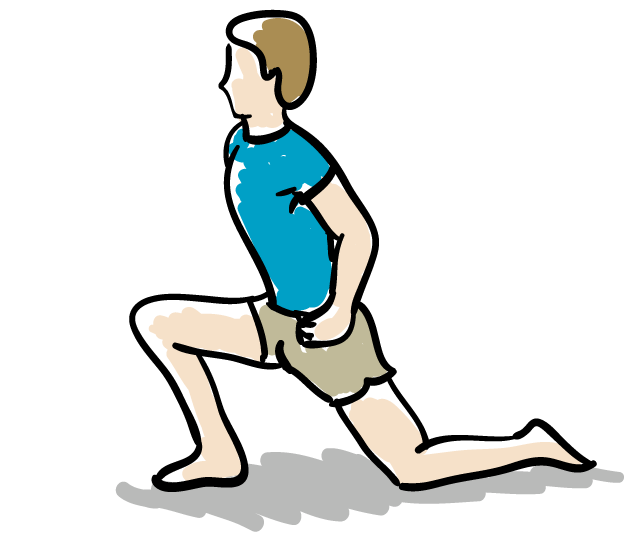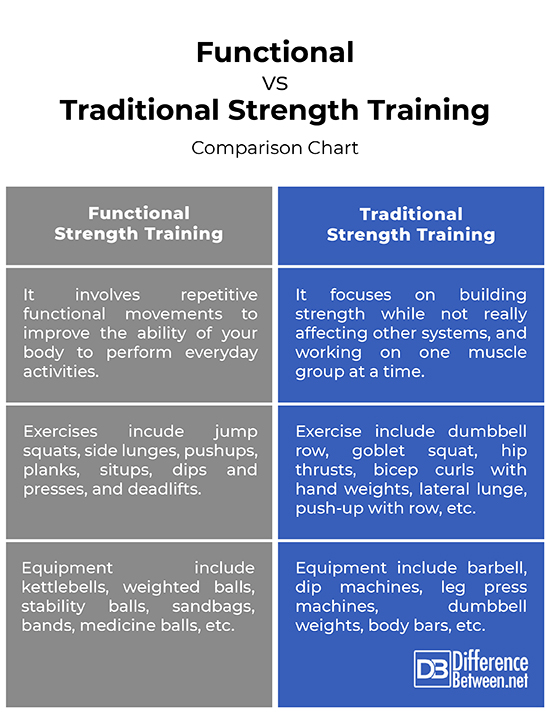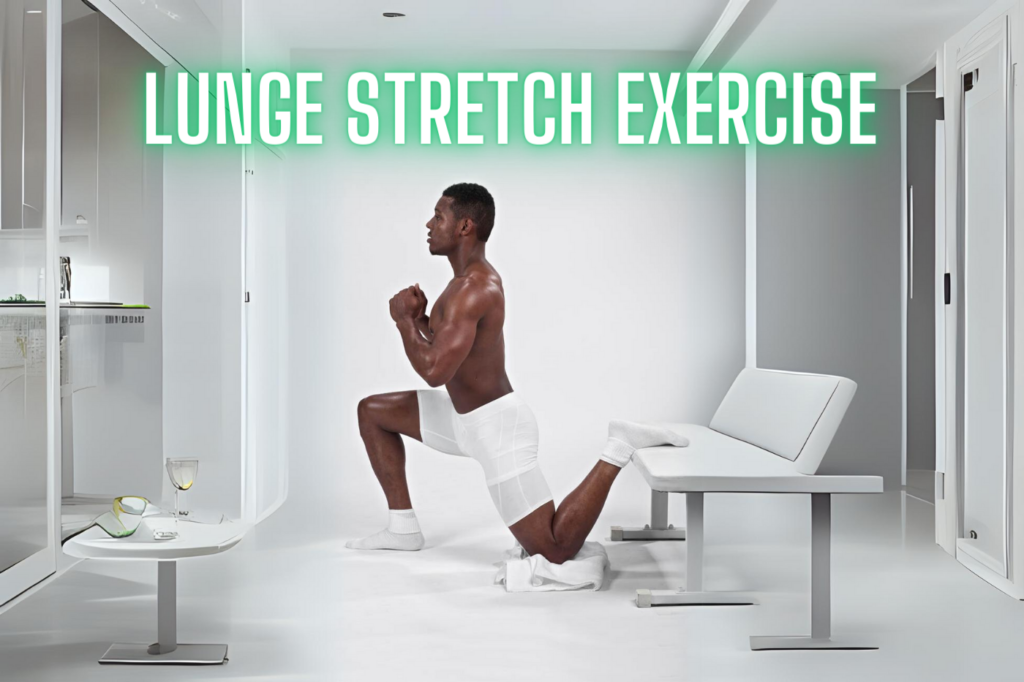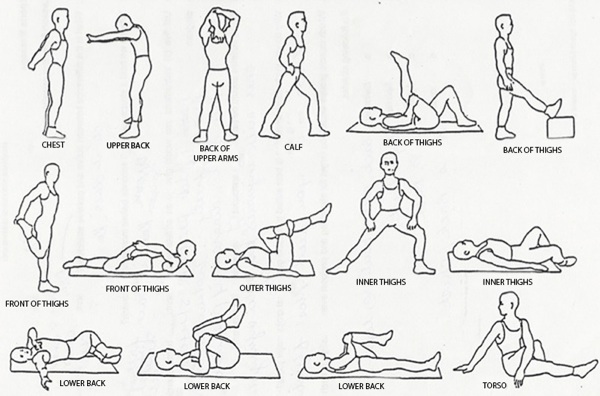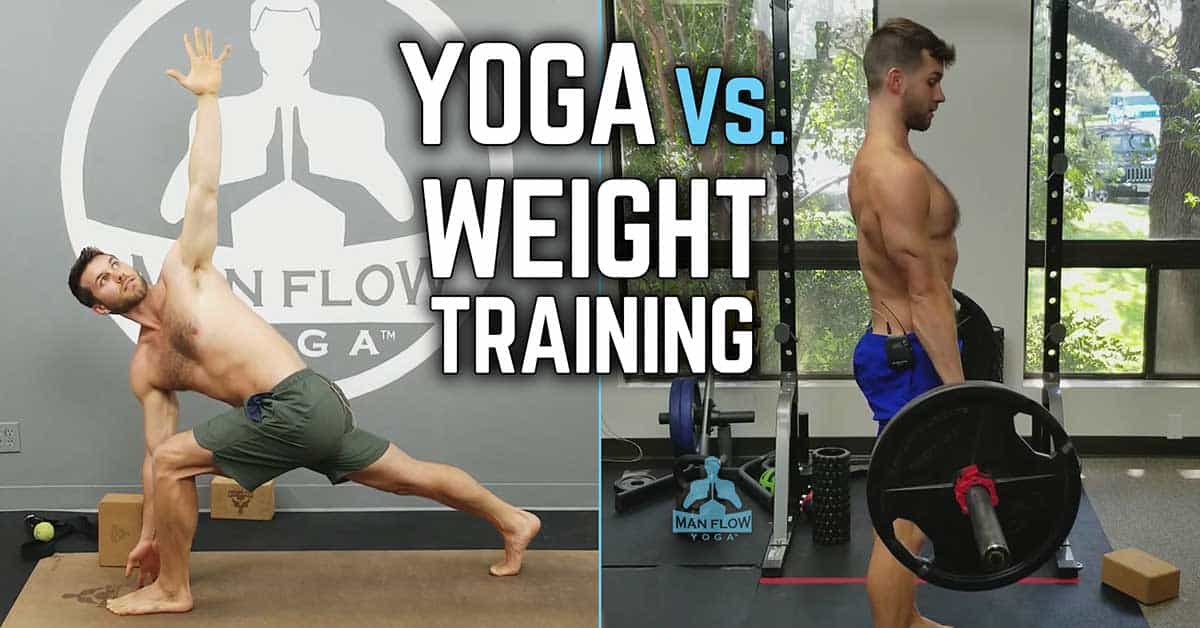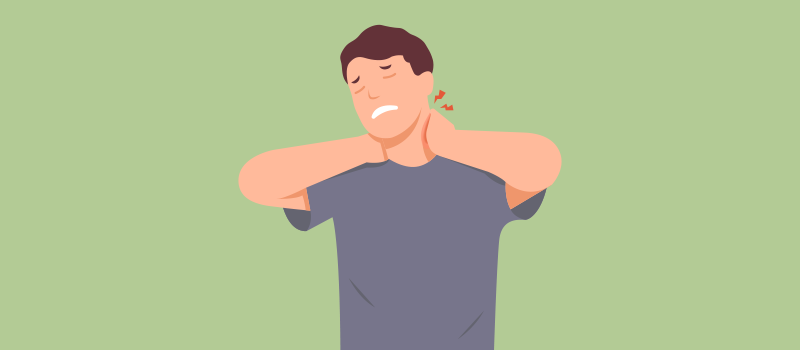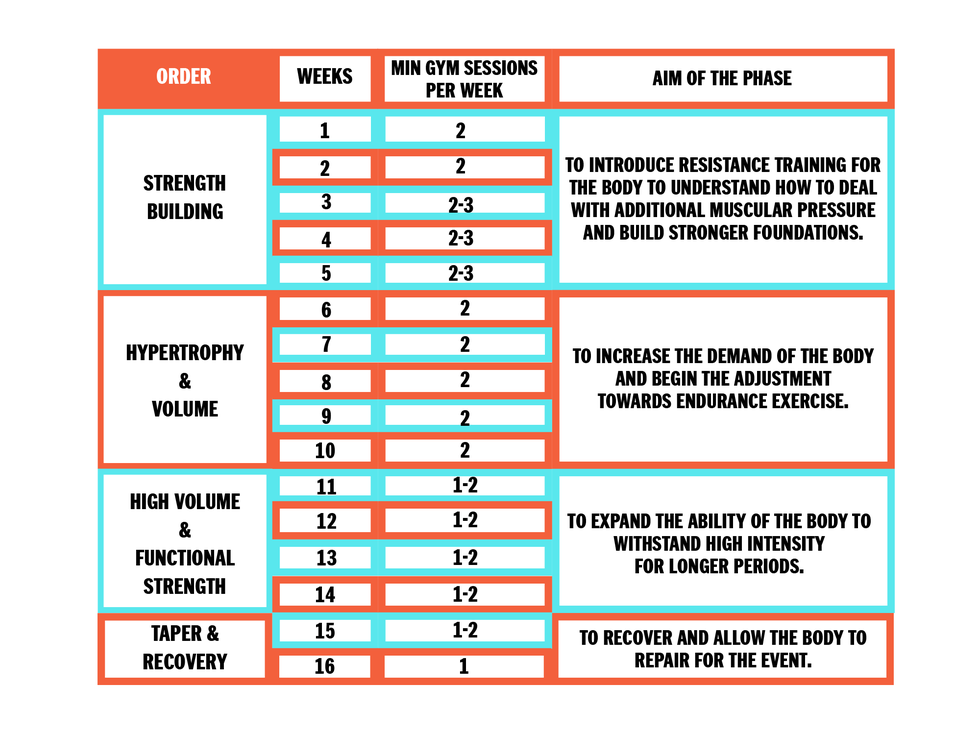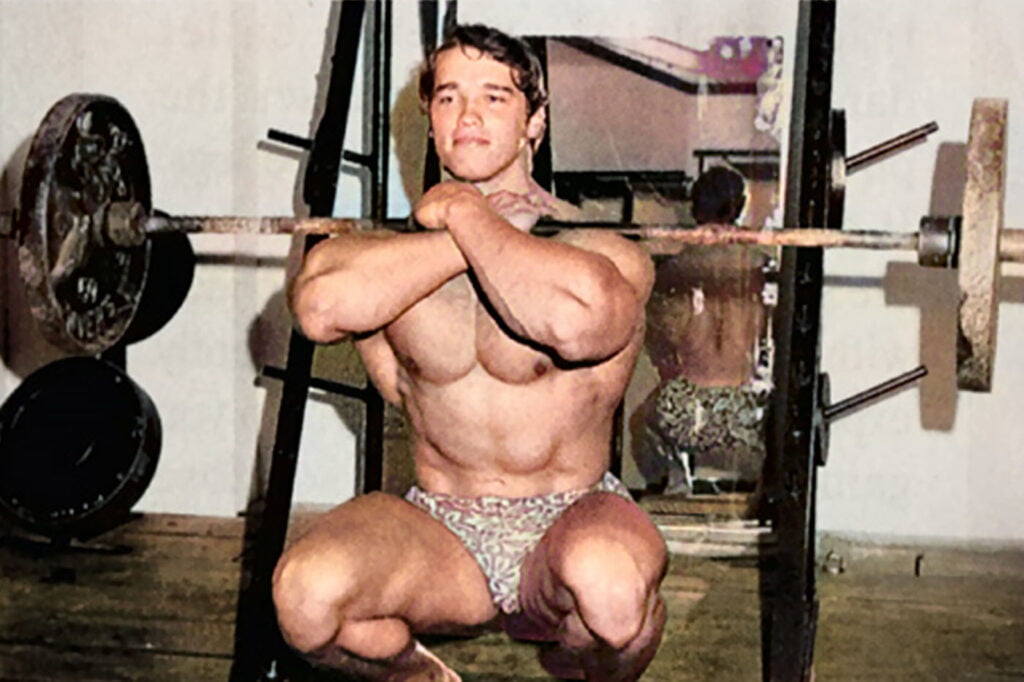Lunge stretching exercises improve flexibility and strengthen the lower body. They target muscles in the hips, thighs, and calves.
Lunges are essential for enhancing overall leg strength and flexibility. These exercises engage key muscle groups, such as the quadriceps, hamstrings, and glutes. Lunges also improve balance and coordination, making them ideal for athletes and fitness enthusiasts. Regularly incorporating lunge stretches into your routine can help prevent injuries and improve performance in various physical activities.
They are versatile and can be adjusted to suit different fitness levels. Additionally, lunge stretches are easy to perform, requiring no special equipment, making them accessible for everyone. Start incorporating lunges into your workout to see significant benefits in strength and flexibility.

Credit: www.youtube.com
Introduction To Lunge Stretches
Flexibility helps your body move with ease. It prevents injuries and improves posture. Lunge stretches are great for increasing flexibility. They target the hip flexors, hamstrings, and quadriceps. Regular stretching keeps your muscles healthy. It allows you to perform daily tasks without pain. Flexibility also helps in sports and other physical activities.
Lunge exercises strengthen the legs and glutes. They improve your balance and coordination. Lunges also increase core stability. This exercise helps in burning calories and losing weight. It is great for toning the lower body. Lunges can be done anywhere, without equipment.
Types Of Lunge Stretches
Static lunges are great for beginners. They help build strength and balance. Stand with one foot forward and one foot back. Bend both knees to lower your body. Keep your front knee over your ankle. Hold the position for a few seconds. Return to the starting position. Repeat with the other leg. This exercise improves muscle endurance and posture.
Dynamic lunges involve more movement. They help improve range of motion and flexibility. Start by standing tall. Step one foot forward into a lunge. Push off with your front foot to return to standing. Repeat with the other leg. These lunges are perfect for warming up. They prepare your body for more intense workouts.
Perfecting Your Form
Keep your feet hip-width apart. Take a big step forward with one foot. Bend both knees to lower your body. Your front knee should be over your ankle. Keep your back leg straight and strong. Your back heel should be off the ground. Engage your core muscles. This helps with balance and stability. Keep your chest up and shoulders back. Look straight ahead to maintain focus. Breathe deeply and steadily. Hold the position for a few seconds. Return to the starting position and switch legs.
Avoid letting your front knee go past your toes. Do not arch your back. Keep your body straight. Avoid leaning forward or backward. Make sure your back leg is straight. Do not let your back knee touch the ground. Keep your core engaged. This helps with balance. Ensure your shoulders are not hunched. Keep them relaxed and down. Look forward, not at the ground. Stay steady and controlled throughout the movement.
:max_bytes(150000):strip_icc()/StandingLunge_annotated-1227433e0be6464d9c4376e72ac5eab6.jpg)
Credit: www.verywellfit.com
Lunge Variations
Forward lunges are a great exercise. They work your quads, glutes, and hamstrings. Start by standing tall. Step one foot forward and bend both knees. Lower your body until your knees are at 90 degrees. Push back up to the starting position. Repeat with the other leg.
Side lunges are perfect for your inner and outer thighs. Begin by standing straight. Step one foot out to the side. Bend that knee while keeping the other leg straight. Lower your hips towards the ground. Push back to the starting position. Swap sides and repeat.
Reverse lunges focus on your glutes and hamstrings. Stand upright with feet together. Step one foot back and bend both knees. Lower your body until your knees form 90 degrees. Push back up to the starting position. Alternate legs and repeat.
Walking lunges are great for balance and coordination. Start standing with feet together. Step one foot forward and bend both knees. Lower your body until knees reach 90 degrees. Push up and bring the back foot forward. Continue stepping forward with each lunge.
Incorporating Props
Resistance bands can make lunges more challenging. Place the band under your front foot. Hold the band handles in each hand. Step back into a lunge position. Keep the band tight as you lower your back knee. This will increase the tension and work your muscles more. Use a heavier band for more resistance. Keep your core engaged and back straight.
Adding weights can boost the intensity of your lunge exercise. Hold a dumbbell in each hand. Keep your arms by your sides. Step forward into a lunge. Lower your body until your knees are bent. Push back to the start position. Using weights will increase muscle strength. Choose a weight that is challenging but safe. Always maintain proper form to avoid injury.
Stretching Safely
Always start with a warm-up before stretching. A good warm-up increases blood flow. It makes muscles more flexible. A proper cool-down is also important. This helps to relax your muscles. It prevents stiffness and soreness.
Feeling sore after stretching is normal. Rest and hydrate well to help your muscles recover. Applying ice can reduce pain. Gentle stretching can also ease soreness. Listen to your body and avoid overdoing it.
Advanced Lunge Techniques
Elevated lunges work your legs harder. Use a bench or step for elevation. Place one foot on the bench. Keep the other foot on the ground. Lower your body until your front knee is at 90 degrees. Push back up to the start position. This move builds strength and balance.
Jump lunges add a cardio element. Start in a lunge position. Jump up explosively. Switch legs in mid-air. Land in a lunge with the opposite leg forward. Repeat for a set number of reps. This exercise boosts power and agility.
Creating A Lunge Workout Routine
Perform lunge stretching exercises three to four times a week. Each session should last 20 to 30 minutes. Ensure to include a warm-up and cool-down period. Start with a shorter duration if you are a beginner. Gradually increase the time as you progress. Consistency is key for improvement.
Track your progress to stay motivated. Use a workout journal or a fitness app. Record the number of lunges and duration. Note any improvements in flexibility and strength. Celebrate small milestones to keep yourself encouraged.
Faqs About Lunge Stretching
Stretching is best after a workout. Muscles are warmed up and more flexible. Stretching can also be done in the morning. It helps wake up your body. Evening stretching can relax muscles before bed. Consistency is key for best results.
Lunges improve joint health by strengthening muscles around them. Strong muscles support and protect joints. Proper form is important to avoid injury. Start with short lunges and gradually increase depth. Lunges also improve balance and coordination.

Credit: www.youtube.com
Frequently Asked Questions
What Are Lunges Stretching?
Lunges stretching involves stepping forward and bending your knees to stretch your hip flexors, quads, and hamstrings. This exercise enhances flexibility and muscle strength.
How Long Should I Hold A Lunge Stretch?
Hold a lunge stretch for 15-30 seconds. Repeat 2-3 times on each leg for optimal benefits. Adjust based on comfort.
What Is The Name Of The Lunge Stretch?
The lunge stretch is commonly known as the “Runner’s Lunge” or “Hip Flexor Stretch”. It targets hip flexors and thighs.
Are Lunges Good For Tight Hip Flexors?
Yes, lunges can help stretch and strengthen tight hip flexors. They improve flexibility and increase hip mobility.
Conclusion
Lunge stretching exercises are essential for flexibility and strength. They help improve balance and posture. Regular practice can prevent injuries and enhance overall performance. Incorporate these stretches into your routine for better results. Stay consistent and enjoy the benefits of a more flexible and stronger body.

